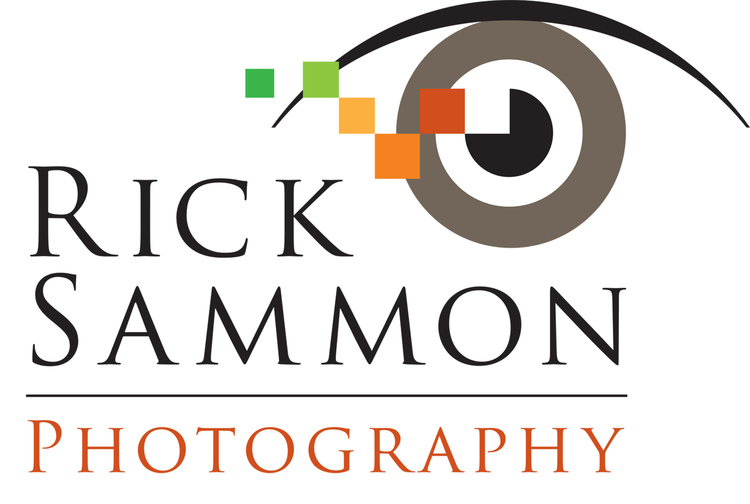Step 2 - Consider composition – Composition is the strongest way of seeing. When you see a scene you’d like to capture with your camera, think about what you want in the scene, as well as what you don’t want in the scene.
Upon arrival at Fair Glen, my first inclination was to include the sun in the photograph, but then I thought the bright spot in the frame would be too distracting in the end-result photograph, so I eventually cropped it out.
Step 3 - See the light – In the following chapters you will read about seeing the light, as well as HDR (High Dynamic Range) and EDR (Extended Dynamic Range) photography. Once you learn how to see the light, you know if a single exposure is adequate to convey your creative vision, or, for example, HDR is needed, as was the case at Fairly Glen, due to the very high contrast range.
Step 4 – Find your focus – Just because you have an auto focus camera, that does not mean that your camera knows where you want to focus.
In this scene, I wanted everything in focus, from the foreground rocks to the branches in the background. To achieve that goal, I focused 1/3 into the scene and set my aperture to f/22.
Try those setting to achieve maximum depth of field in any landscape (or seascape or cityscape) photograph. When doing so, the wider the lens the more you’ll have in focus. Here I used my Canon 24-105mm IS lens set at 47mm, which is not really a wide-angle setting, but it worked here because of my framing (no rocks or trees close to my lens).







